Bridge 30.5.2
Have you ever felt the thrill of discovering something completely new and fascinating? That’s exactly how I felt when I first learned about the card game Bridge. It was like opening a door to a whole new world, filled with strategy, teamwork, and endless possibilities. Let me take you on a journey through the enchanting world of Bridge, and who knows? By the end, you might be eager to pick up a deck of cards and start playing yourself.
What is Bridge?
Bridge is a trick-taking card game played by four players in two competing partnerships, with partners sitting opposite each other around a table. It’s a game that combines skill, strategy, and a bit of luck. You might think it sounds complicated, but trust me, once you get the hang of it, it’s incredibly rewarding.
The Basics: How to Play
When I first started learning Bridge, I was a bit overwhelmed by all the rules. But breaking it down into simple steps made it much easier. Here’s a quick rundown:
- The Deck: Bridge uses a standard 52-card deck. Each suit (hearts, diamonds, clubs, and spades) is equally important, and there are no jokers.
- Dealing: Each player gets 13 cards. The dealer rotates clockwise after each hand.
- Bidding: This is where the strategy begins. Players bid in a clockwise direction, describing their hands and aiming to declare a contract – a commitment to win a certain number of tricks with a specific suit as trump.
- Playing: The player to the left of the declarer leads the first trick. Each player must follow suit if possible. The highest card of the suit led wins the trick unless a trump is played.
- Scoring: Points are awarded based on the number of tricks won, the contract bid, and other factors like doubles and redoubles.
The Thrill of Bidding
One of my favorite parts of Bridge is the bidding process. It’s like a secret language between you and your partner, filled with hints and signals. The aim is to communicate your hand’s strength and shape, allowing your partnership to decide on the best contract. It’s a thrilling dance of strategy and intuition.
For example, imagine you have a strong hand with lots of spades. You might start the bidding with “One Spade,” signaling to your partner that you have at least five spades and some high cards. Your partner then interprets this and decides how to respond, considering their own hand. It’s a beautiful example of teamwork and trust.
Playing the Hand
Once the bidding is over, the real fun begins. Playing the hand is where strategy meets execution. The declarer, who is the player from the partnership that won the bid, tries to fulfill the contract by winning the specified number of tricks. Their partner, known as the dummy, lays their cards face up on the table and takes no further part in the play.
I remember the first time I was the declarer. My heart was racing as I tried to anticipate my opponents’ moves and outsmart them. It was a mix of excitement and nervousness, but the thrill of successfully making my contract was indescribable.
The Social Aspect
Bridge isn’t just about cards; it’s also about people. It’s a fantastic way to meet new friends and bond with old ones. Whether you’re playing in a competitive tournament or a casual game at home, the social interaction is a huge part of the experience.
I’ve made some incredible friends through Bridge. We’ve shared laughter, stories, and even a few tears over the years. There’s something special about the camaraderie that comes with playing this game. It’s not just about winning; it’s about the connections you make along the way.
Bridge and Life Skills
You might be wondering, why should you invest time in learning Bridge? Well, aside from the fun and social aspects, Bridge is a great way to develop important life skills. It enhances your memory, improves your strategic thinking, and teaches you the art of patience and perseverance.
Playing Bridge has taught me to think ahead, plan my moves carefully, and adapt to changing situations. These skills have proven invaluable in my daily life, from problem-solving at work to managing personal challenges. It’s amazing how a card game can have such a profound impact.
Getting Started
If you’re intrigued and want to give Bridge a try, here are a few tips to get you started:
- Learn the Basics: There are plenty of online resources and tutorials that can teach you the fundamentals of Bridge. Websites like Bridge Base Online offer free lessons and practice games.
- Join a Club: Many communities have Bridge clubs where you can meet other players and improve your skills. It’s a great way to immerse yourself in the game and learn from experienced players.
- Practice, Practice, Practice: Like any skill, the more you play, the better you’ll get. Don’t be afraid to make mistakes – it’s all part of the learning process.
- Have Fun: Remember, Bridge is a game. Enjoy the journey, celebrate your victories, and learn from your defeats. The most important thing is to have fun and savor the experience.
Conclusion
Bridge is more than just a card game; it’s a journey of discovery, strategy, and connection. It challenges your mind, fosters friendships, and teaches valuable life skills. So why not take the plunge and explore the fascinating world of Bridge? Who knows, you might just find a new passion and a whole community of like-minded enthusiasts.
So, what do you say? Are you ready to deal the cards and embark on this exciting adventure? Trust me, you won’t regret it. Happy playing!
v30.5.2 – June 18, 2024
– Updated WPBakery Page Builder to 7.7.1
v30.5.1
- Updated Bridge Core plugin to 3.1.9
- Updated Qode Restaurant plugin to 3.0.3
- Updated WPBakery Page Builder to 7.7
- Updated LayerSlider to 7.11.1
- Fixed an issue where the “Qode Image Slider” navigation did not work properly in some cases on Mozilla Firefox browsers
v30.5 – May 14, 2024
– Added Qode Quick View for WooCommerce compatibility
– Updated Bridge Core plugin to 3.1.8
– Updated Revolution Slider to 6.7.10
– Updated LayerSlider to 7.11.0
– Fixed deprecated notice on theme welcome page redirects
– Fixed potential PHP parsing errors in lower PHP versions
– Fixed an issue where the “Touch Device Parallax” option did not work properly with Elementor containers


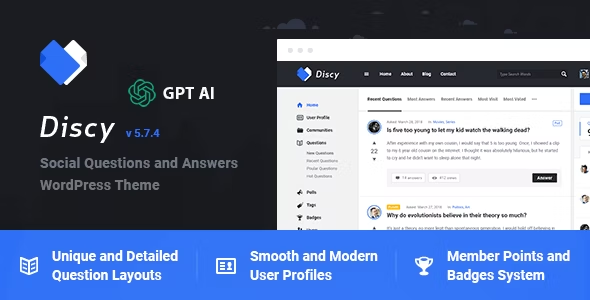
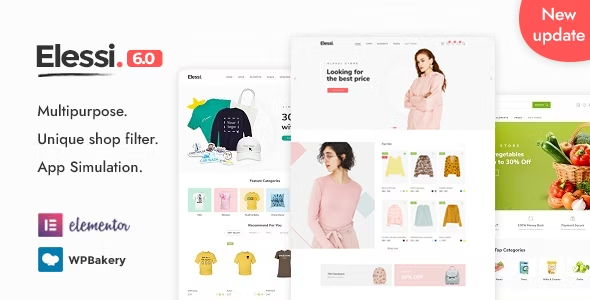
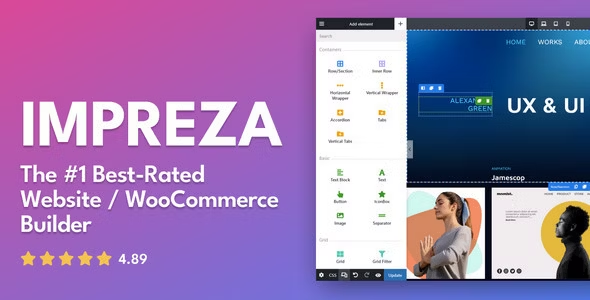
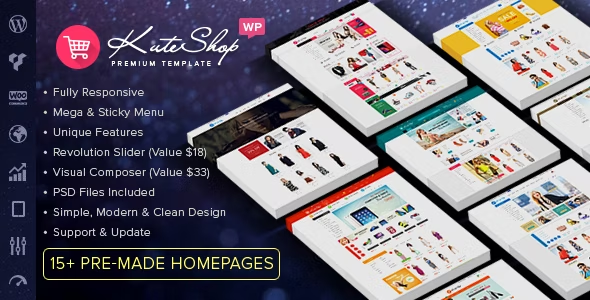






发表评论